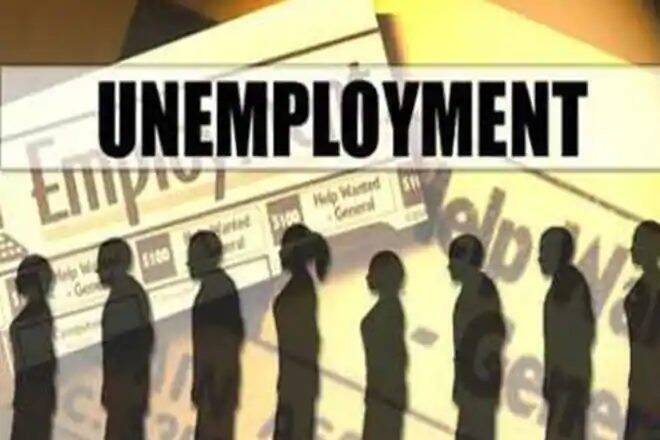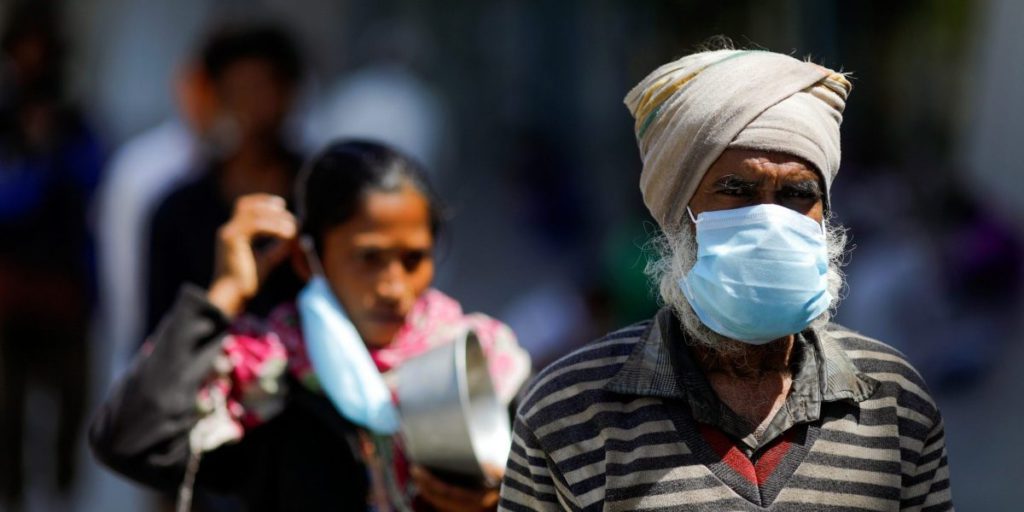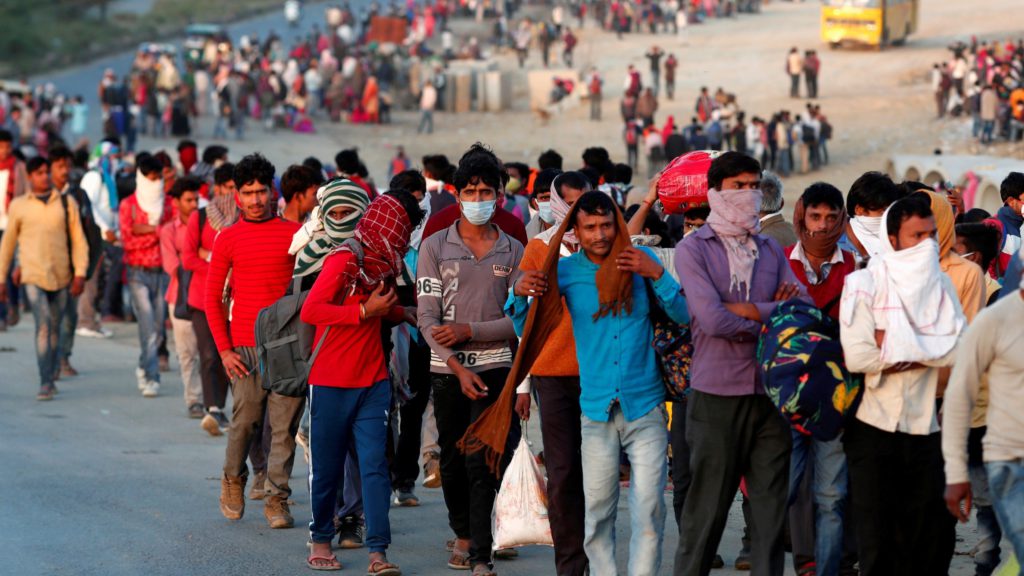COVID has put worries as for joblessness, stimulus, demand, and supply on the cutting edge. Besides, the vulnerability about the future turns of events and a second influx of diseases in china has also focused on both the infection and its monetary aftermath. The country’s unemployment rate increased marginally higher to 8.59 percent in the week ending on June 28 from 8.48 percent a week ago. The Centre for Monitoring Indian Economy (CMIE) released this data.

About CMIE:
- A community for Monitoring Indian Economy (CMIE) is an exclusive and expertly oversaw organization head-quartered at Mumbai.
- It was built up in 1976, principally as an autonomous research organization.
- It has a presence over the whole data natural pecking order from enormous scope essential information assortment and data item improvement through investigation and estimating.
- It offers assistance to the entire range of business data shoppers, including governments, the scholarly community, money related business sectors, business endeavors, experts, and media.
- CMIE produces financial and business information bases and creates specific expository devices to convey these to its clients for dynamic and research purposes.
- It investigations the information to unravel patterns in the economy.
- CMIE has manufactured India’s most significant information base on the monetary presentation of individual organizations.
- It leads the most critical study to assess family unit earnings, such as spending and investment funds.

Key Highlights of the data
- The Mumbai-based think tank said the rate of unemployment was the highest in the urban areas, which constitute the most number of the red zones due to the Covid-19 cases, at 29.22 percent, as against 26.69 percent for the rural areas.
- The quantity of salaried individuals losing their positions amid the COVID pandemic has flooded to 18.9 million since April, with around 5 million jobs lost a month ago, as per information from the Center for Monitoring Indian Economy (CMIE).
- According to the information, the loss of around 5 million in July comes after approximately 3.9 million jobs were picked up in June. In April, 17.7 million salaried positions were lost, trailed by 100,000 occupation misfortunes of salaried representatives in May.
- The most recent CMIE information indicated that around 6.8 million every day breadwinners lost their positions during this period. Notwithstanding, about 14.9 million individuals took to cultivating during this period.
- Since the lockdown was declared, a few organizations across divisions have taken to work cuts, alongside compensation decreases and leave without pay.
- Salaried positions were almost 19 million (190 lakh) shy of their standard in 2019-20. They were 22 percent lower than their level in the last financial year.
- Industry bodies and a few financial analysts have called for government backing to industry to keep away from mass employment misfortunes and for the organizations to endure the assault of the pandemic.
- The Covid-19 crisis has led to a spike in the country’s unemployment rate to 27.11 percent for the week ended May 3, up from the under 7 percent level before the start of the pandemic mid-March, the Centre for Monitoring Indian Economy (CMIE) has said.
- The urban unemployment rate continued to remain in double-digits at 10.69 percent, and the rural unemployment rate was recorded at 7.62 percent. While the rural unemployment rate in the last week of June was 7.26 percent, and the urban unemployment rate was 11.19 percent.
- The first week of June had seen the unemployment rate at 17.51 percent for the country, with the rural unemployment rate at 17.71 percent and the urban rate at 17.08 percent. There was an improvement in the rural unemployment rate due to the Kharif sowing and higher MGNREGA activities to engage the migrant laborers who have returned.

Reasons for percentage increase in urban unemployment:
- The labor-intensive manufacturing and heavy machine segments are not functioning with their optimal resources, the demand in the market is low, and the support supply chain is structurally weak now.
- MSMEs are in lousy shape, and formal sectors are shedding jobs for survival
- All this will impact urban unemployment, and urban joblessness will likely be between 10% and 15% for the next few months.

Future viewpoint:
- The evaluations uncover the effect on occupations during the lockdown time frame and are not considered a lasting job loss.
- Yet, a large number of them would not have the option to land their positions back, for example, the workforce made of easygoing (casual) laborers, who might be most exceedingly terrible influenced if the economic transition proceeds.
- As indicated by the Periodic Labor Force Survey (PLFS), about 90% of the absolute 465 million specialists are occupied with the casual division with 95% and 80% in rustic and metropolitan territories individually.
- There may be second and third-request impacts on firms and governments.
- The average salaried representatives who are right now not working and gifted specialists and negligible retailers will most likely be unable to recuperate their positions once the lockdown time frame is finished.
- Included precautionary measures like social separating, contact following, and severe well-being controls at the working environment and market would affect the business specialist relationship, ending up being a colossal takeoff from the easygoing the same old thing approach.
- Numerous independently employed people like road merchants and other little business visionaries may not be left with the funding to restart their organizations, and many may not get back from their local spots.
- The real effect of pay cuts and position misfortunes won’t be felt quickly because of the legislature’s impermanent alleviation estimates and the RBI.
- Yet, over the long haul, rising joblessness will increase governments and national banks’ pressure to convey projects to either repay laborers who are made repetitive or attempt to convince bosses to store staff until the infection blurs.




















